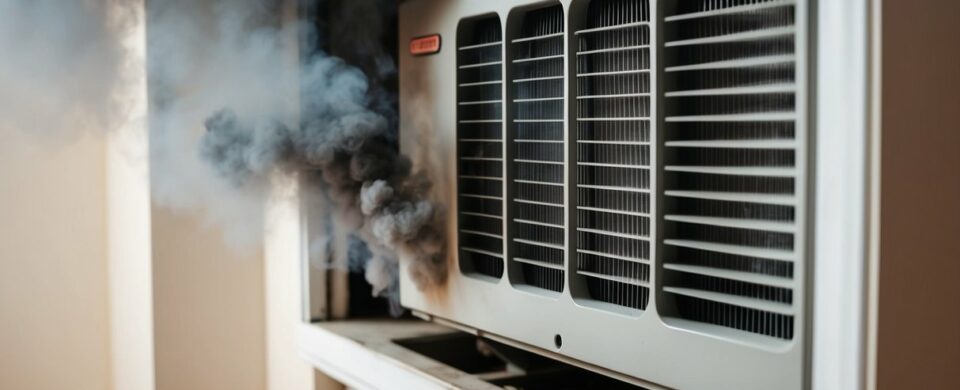10 Signs Your Air Conditioning System Needs Maintenance Before Summer Hits to Ensure Efficient Cooling and Avoid Breakdowns
As the warmer months approach, keeping an air conditioning system in good working order is essential. Neglecting maintenance can lead to poor airflow, strange noises, and higher energy bills. These issues can reduce comfort and increase repair costs.
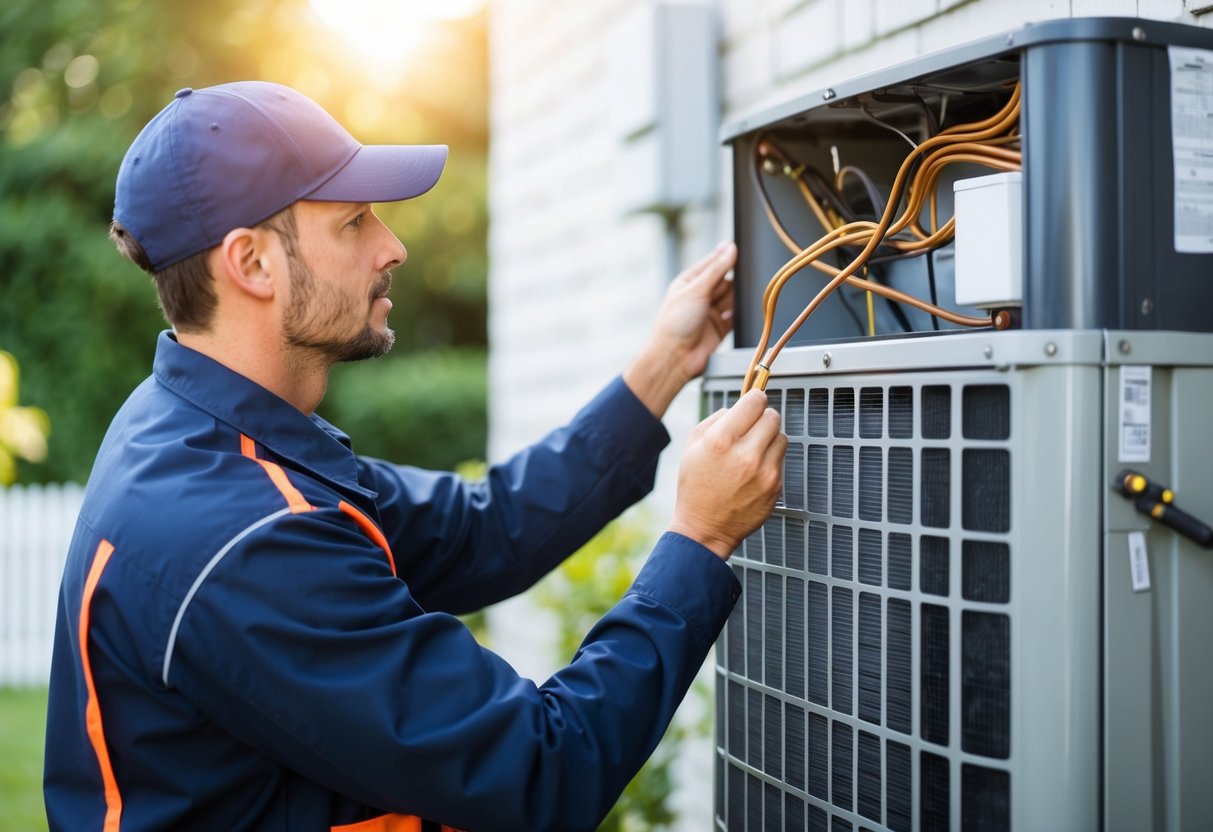
The most important signs to watch for include weak or inconsistent airflow, unusual sounds, odd smells, and your home not cooling evenly. Recognising these signs early helps avoid breakdowns when the heat rises.
Regular checks can ensure the system runs efficiently and prevents costly repairs. Knowing what to look for can make a significant difference in staying cool and comfortable during summer.
Why Pre-Summer Air Conditioning Maintenance Matters
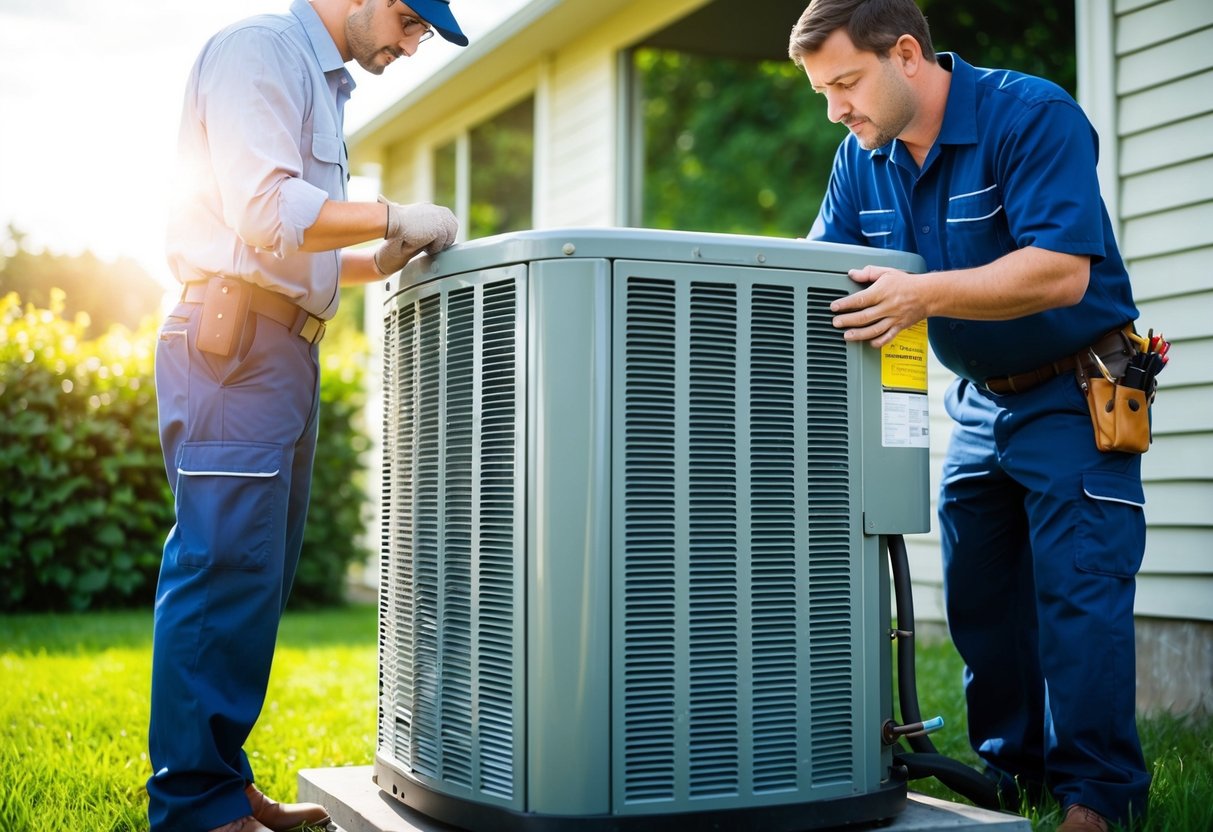
Pre-summer maintenance ensures the air conditioning system works well when temperatures rise. It improves cooling, saves energy, and helps avoid expensive repairs that may interrupt comfort during hot days.
Impact on Cooling Efficiency
An air conditioner that is not maintained properly will lose its ability to cool effectively. Dust and debris can block vents and filters, reducing airflow and lowering cooling power.
This means the home may take longer to cool, or the temperature will feel uneven. Maintenance cleans these parts, allowing the system to cool the space quickly and evenly.
Proper airflow also reduces wear on the unit, helping it last longer while keeping rooms comfortable during peak summer heat.
Energy Efficiency and Cost Savings
When an air conditioning system works inefficiently, it uses more electricity to cool the home. This leads to higher utility bills that could have been avoided.
Regular maintenance, like cleaning filters and checking refrigerant levels, helps the system run smoothly and uses less energy.
Saving just a small percentage on energy consumption can add up to noticeable monthly cost reductions. This makes maintenance a key part of home improvement aimed at reducing ongoing expenses.
Avoiding Costly Repairs
Failing to service an air conditioner before summer increases the risk of breakdowns. Minor problems like strange noises or weak airflow can get worse if not fixed early.
Routine checks identify worn parts or leaks before they cause serious failures. This avoids costly emergency repairs or premature replacement of the entire unit.
Planning for maintenance also means fewer interruptions to cooling during hot weather, keeping the home comfortable and reducing stress for the household.
Reduced Airflow and Inconsistent Temperature Control
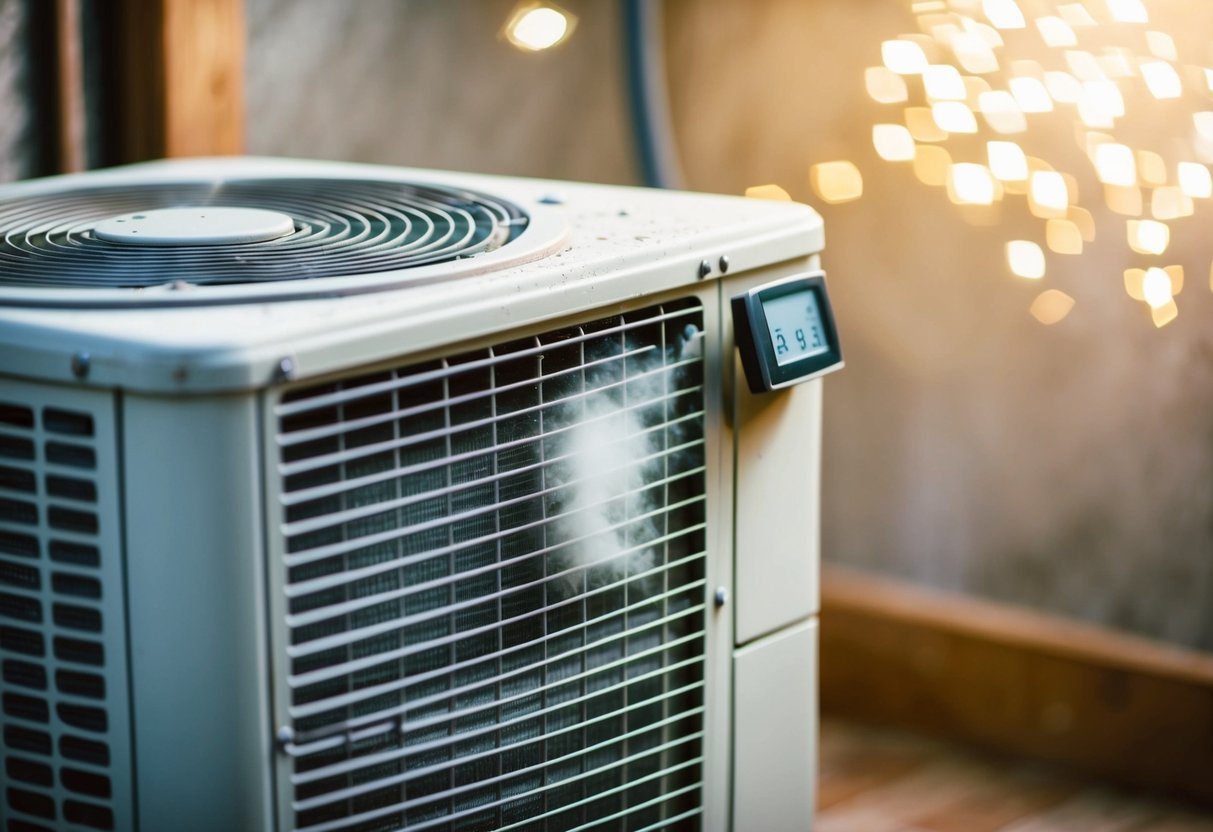
Issues with airflow and temperature control often point to underlying problems with an air conditioning system. These problems can cause discomfort, higher energy costs, and may indicate the need for maintenance or repair.
Weak Airflow from Vents
Weak airflow from vents is a common sign of an a/c unit struggling to function properly. It can happen due to a clogged air filter, blocked ducts, or a failing blower motor. When airflow is weak, the system cannot cool a home efficiently, leading to longer run times and increased energy use.
If vents blow little or no air, it may also suggest refrigerant leaks or compressor issues. Homeowners should check air filters regularly and schedule inspections to ensure ducts and components are clear and working well.
Hot and Cold Spots in the Home
Hot and cold spots show uneven cooling caused by airflow problems or duct damage. These temperature inconsistencies occur when some rooms don’t get enough cooled air while others become too cold or warm.
Leaks in the ductwork or trapped dust can restrict airflow to certain parts of the home. This results in uneven temperature distribution, which can strain the HVAC system as it tries to compensate. Detecting and fixing duct issues early prevents discomfort and helps the unit run smoothly.
Thermostat Settings Not Responding
When thermostat settings don’t match the home’s actual temperature, it indicates a potential system or control fault. The thermostat may fail to communicate with the a/c unit, or the sensor inside might be inaccurate.
Incorrect thermostat responses cause the air conditioner to run too long or not enough. If adjusting temperature settings doesn’t change airflow or cooling, it suggests the thermostat or wiring needs attention. Regular testing and maintenance ensure the unit follows thermostat commands precisely.
Unusual Noises and Odours from Your A/C Unit
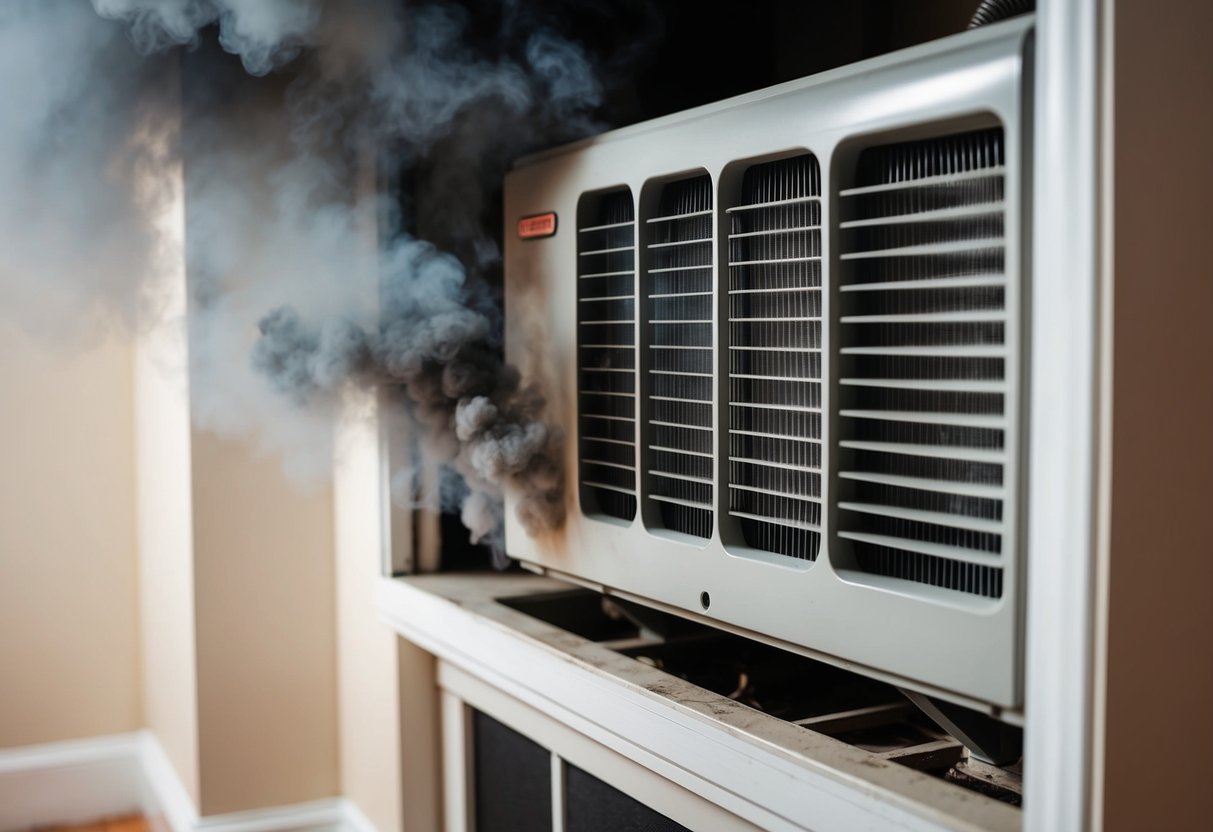
Strange sounds or smells coming from an air conditioning unit can indicate early problems. These warning signs often mean something needs fixing before summer arrives.
Loud Noises During Operation
If the air conditioning makes banging, clanking, or screeching noises, it could signal loose or broken parts inside. These sounds may come from the compressor, fan motor, or worn belts.
Rattling or buzzing noises should not be ignored as they often mean the unit is struggling. They may cause further damage if left without repair.
Unusual loud noises are a common sign that maintenance is needed. The system may also cycle frequently or run unevenly during use.
Foul or Musty Smells
Foul or musty odours can come from mould or bacteria growing inside the system. This happens when moisture builds up in the drains or ducts.
A strong smell of rotten eggs could point to a gas leak, which requires immediate expert attention.
Bad smells are often an early sign of poor air quality or blocked airflow. This affects cooling efficiency and overall comfort in the home.
Addressing these odours early can prevent bigger issues and improve system performance.

